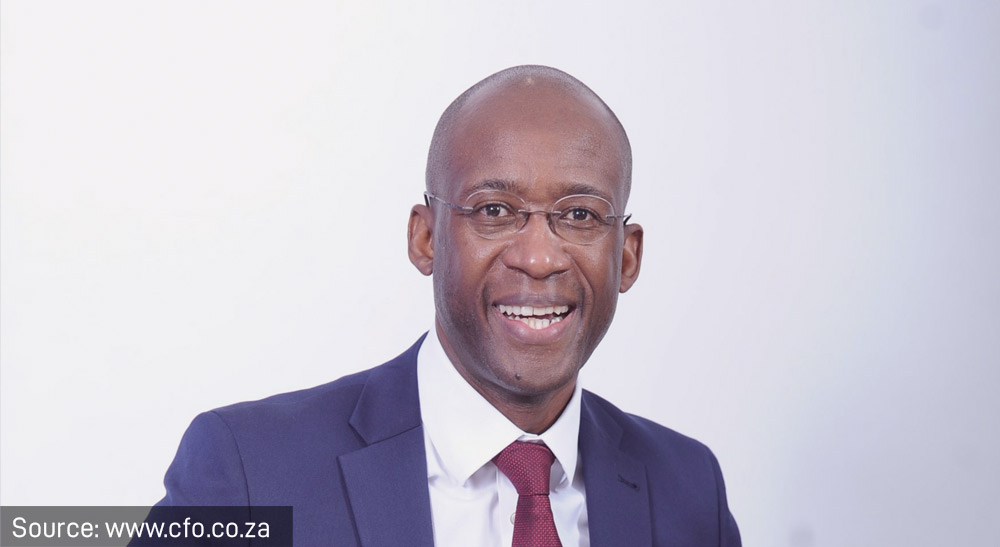As volatility in the reinsurance market is expected to become the “new normal”, insurers caution about the possibility of even greater rises in the cost of reinsurance.
With claims in the South African reinsurance market having exceeded R80 billion in the past three years, the insurance industry and reinsurance markets face significant headwinds. Events like the 2022 KwaZulu Natal floods and more recently, the devastating flood events in the Western Cape, as well as earthquakes in Johannesburg – all contribute to the worsening outlook.
According to Soul Abraham, Chief Executive for Retail at Old Mutual Insure, there has been a rise in both frequency and severity of natural disasters globally and in South Africa, with weather-related claims having increased tenfold over the past decade. And, he says, it is likely to get worse, with catastrophe (CAT) claims continuing to increase in volatility and frequency.
“Our data shows that between 2000 and 2011, the average annual CAT claims cost R39 million, compared with the last decade of 2012 to 2022, where the average annual CAT claims totaled R371 million,” he says.
Tavaziva Madzinga, Santam Group CEO, says besides climate change, infrastructure concerns and socio-economic challenges have created a tough environment for local insurers. Madzinga says the past three years have shown that South African insurers are no longer insulated against the large catastrophe experience of the Asia-Pacific, Europe, and the United States of America.
Globally, the 2020 COVID-19 pandemic rewrote the record books on insurer and reinsurer exposures to systemic risks.
“Locally, rioting and looting caused an estimated R50 billion in economic losses in July 2021, with the April 2022 KwaZulu-Natal flood losses estimated at R54 billion. Half of that total was carried by the insurance industry. Climate change-related extreme weather events also dominated the insurance industry’s claim statistics in 2022 and 2023,” he says.
Counting the risks
The growing number of large catastrophe reinsurance claims locally, coupled with rising global losses, has caused reinsurance premiums to increase significantly.
Madzinga says, that entering 2023, Santam added global geopolitical developments to its monitoring agenda, with a focus on determining how the BRICS expansion, China-US trade relations, and the Russia-Ukraine War will affect the global reinsurance market.
“More recently, the resurgence of Middle East conflict has also become a focus. There are concerns that global supply chains will be further impacted by these tensions, contributing to significant claims inflation, with the resultant cost of repairs further compromising the affordability of insurance in the years to come,” he says.
He adds that loadshedding also poses a major risk to consumers and businesses – including the insurance industry.
“For the full 2022 financial year we experienced an increase of approximately 67% in claims (compared to 2021) for damage of sensitive electronic items as a result of power surges across our personal insurance and commercial insurance portfolios, totalling R609 million,” says Madzinga.
Read: Loadshedding takes centre stage in SA’s risk landscape
From a socio-economic perspective, the steady increase in crime has also become a systemic risk that insurers are tracking closely.
According to the 2022/2023 Santam Insurance Barometer Report, South Africa is seeing a big shift in vehicle crime, with Santam’s Commercial and Personal Lines claims experience confirming a significant jump in high-value vehicle hijackings and thefts.
“Through our ongoing tracking of emerging risk trends, we were able to implement a number of corrective actions to ensure that these high-value vehicles remain insurable,” says Madzinga.
Read: Claims reflect surge in theft and hijackings of high-value vehicles
Additionally, the report found that a growing number of industry stakeholders believe cybercrime to be the next potential black swan loss event for the insurance industry – with a 12% increase in commercial and corporate respondents citing it as a top risk as compared to the 2020/21 report.
Despite this, Madzinga says, there seems to be an inertia in both risk mitigation and risk transfer efforts in this space.
“The challenge for insurers and insurance brokers is to offer more hands-on assistance to businesses at both the underwriting and claim stage,” he says.
Read: Cyber insurance: ‘brokers have their work cut out for them’
Additionally, attritional weather losses – weather-related claims that are not associated with a catastrophic event – also threaten the sustainability of the insurance industry.
Madzinga says they have found that South Africa’s infrastructure degradation increases the extent and severity of flood-related losses.
“This is a major challenge that will have severe consequences for not only the insurance industry, but the businesses and communities that rely on them. Worsening road conditions, fire-fighting capabilities, sewerage systems, and flood water drainage – to name a few – are becoming increasingly vulnerable to disasters.”
He says damages following disasters are extensive, the cost of repairs exorbitant and downtime is lengthy.
“Most importantly, infrastructure that is not structurally sound also has an impact on the number of lives that are lost in a disaster. To ensure sustained insurability, significant focus and financial resources from the government are required to turn things around as well as a collaborative effort by the private and public sector,” says Madzinga.
What this means from an insurance perspective
Abraham emphasises that for insurers to support clients during challenging times, there must be a balance with the responsibility of ensuring the industry’s sustainability.
“This means that insurance businesses must protect their capital base and ensure the balance sheet is evolving with climate-related risks.”
He says this requires a complete rethink of the underwriting strategy.
“This may include de-risking from high-risk areas, and risks must be assessed at a street and suburb level in real-time.”
Abraham adds managing exposure will become paramount.
“Additionally, underwriting criteria is going to change, and will need to become real-time. It is going to become essential that advanced climate risk modelling must be integrated into underwriting criteria, and insurers will need to invest in cutting-edge data and analytics,” he says.
Madzinga says, that to address the risks posed by escalating climate shifts, Santam has aligned its approach with global standards such as recommendations set out by the Task Force on Climate-related Disclosures (TCFD). He says Santam is in the process of conducting climate risk assessments to guide their climate change response.
“An example is the adoption of geocoding technology to better understand our weather-related risk exposure by creating a risk-based view of property locations in South Africa. Climate-related data is mapped with coordinates to identify areas that have increased exposure to climate change – these are then managed accordingly through underwriting and pricing actions,” he explains.
The role of the broker
According to Abraham, brokers play a critical role in ensuring their clients get the right advice and are insured appropriately – climate change makes the need for advice even more important.
He says policyholders need to understand that it is no longer an option to protect against climate-related risks and must also take proactive steps to manage their exposure to these risks, such as with adequate property maintenance, effective waterproofing, and understanding the consequences of buying properties that are at risk of rising sea levels and flood lines.
“The non-life insurance industry has already proven its resilience in providing a critical safety net to society during times of disaster and crisis. Going forward, it is going to become even more in focus as the impact of climate change becomes a reality. It is only by working together that we will be able to chart a sustainable path forward,” says Abraham.




